Fresh Heir
Vivian Dorothea Maier
b. February 1, 1926, New York City
d. April 21, 2009 (aged 83), Chicago
More and more people have stumbled upon the story of the New York City born photographer who worked as a nanny in Chicago, and, who, in her “spare time” took more than 150,000 photographs. The photographs were taken mainly in Chicago, but also in New York City and during worldy travels; street photographs that document the quotidian nanoseconds of the lives of people of all ages; laughing, crying, looking at the lens or moving past, clueless. She favored a Rolleiflex; black and white added to the drama of the mundane and the banal. Her later use of color was almost a shock.
I first saw–rather, experienced– Vivian Maier’s work at Mass MoCA, The Massachusets Museum of Contemporary Art, I believe in the summer of 2011. I have been going to the museum since it opened in 1999 and each year I hope to find something that moves me. I usually do, but the small exhibit of her work, unknown to me, moved me like no other exhibit. I am partial to photography, more so to street photography, and I remember thinking that this was unbelievable work. It captured people and relationships to people and environments like I hadn’t seen in a while. To me, this work was better than any street photography that I had ever seen. To me she was as good as Lisette Model, Diane Arbus, Helen Levitt. She used reflection like Lee Friedlander. On and on. She was part of the genius crowd. And no one knew anything about her. Until now.
Part French, part Austrian, she lived some early years in France. She was a private woman, a bit of a hoarder. She was described as a “Mary Poppins” by some of her charges whom she took on photo expeditions. She photographed herself in mirrors, in glass. She photographed her shadow. She was there but not, she was invisible, amorphous. She was downright brilliant.
A large portion of her work, about 30,000 negatives, were found in a storage locker two years before she died in 2009. She hadn’t the money to maintain the locker, hence the contents were auctioned off; negatives, prints, audio recordings, 8mm movies. John Maloof was one of three photo collectors (along with Ron Slattery and Randy Prow,) who purchased the contents; he holds the largest portion of contents.
John Maloof’s site
It took a while to locate the name of the locker owner and it wasn’t until Vivian Maier had passed away from a fall on the ice and a head injury, at the age of eighty-three, that Maloof located her–in her obituary.
The story:
An article in the New York Times this past weekend indicated that Maier’s work could be prevented from being seen for years. In the article it indicates that Mr. Maloof had a genealogical search performed and found a cousin, Sylvan Jaussaud, thought to be the closest relative, in France. Mr. Maloof purchased the rights to the Maier work.
David C. Deal, a lawyer and photographer and fan of Ms. Maier’s work, took it upon himself to search for a possible heir. He found another cousin once removed, Francis Baille, and the case has begun in Chicago to verify the closest relative. This has brought up the whole notion of ownership and copyright infringement.
Who is the heir to the legacy? If it weren’t for Mr. Maloof finding such treasures in a storage room, we would never have been privy to the incredible body of work of a unique, isolated genius.
We are the heirs to something beyond special.



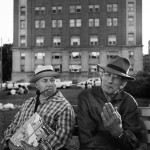
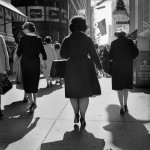
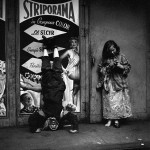

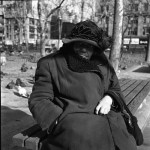


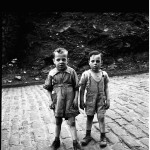
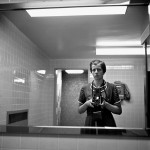

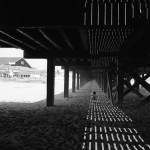




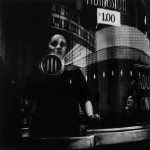
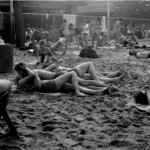
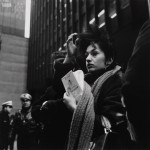


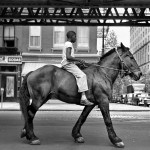

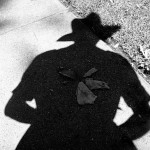
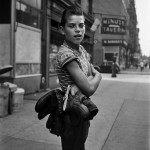
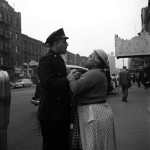

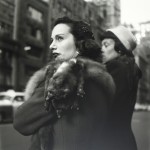
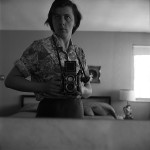
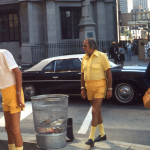
What a treasure trove. I am of the mind that they should belong to Maloof. If not for him these amazing photographs would have been lost. Also, selfishly, I believe that such an amazing body of work that freezes the world in a small time-frame in history should be made available to the world on an unconditional basis. Thanks Sooz, this is a terrific article.